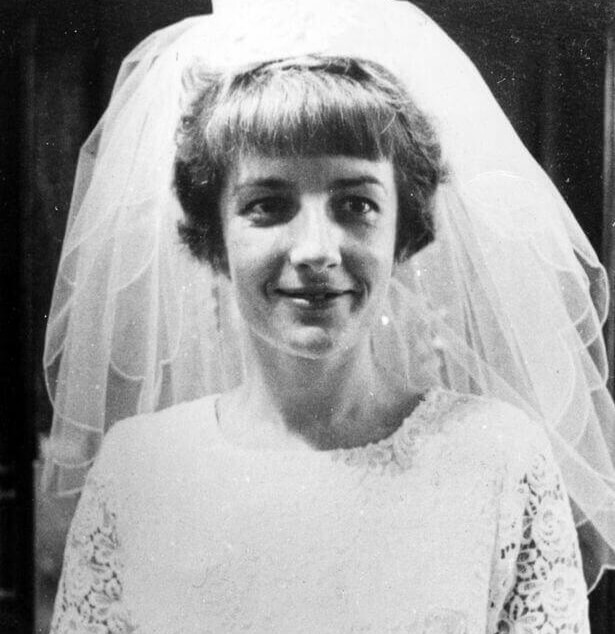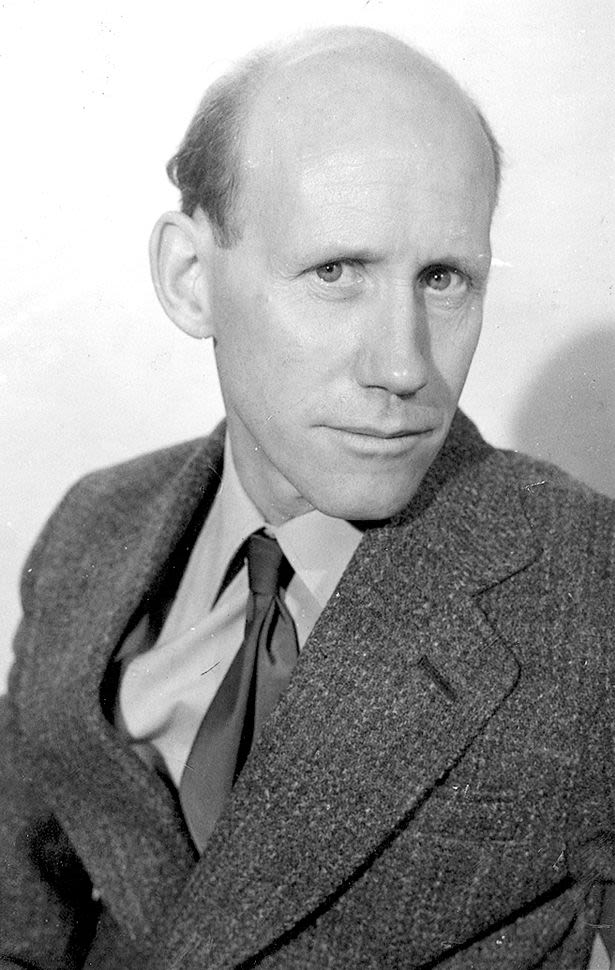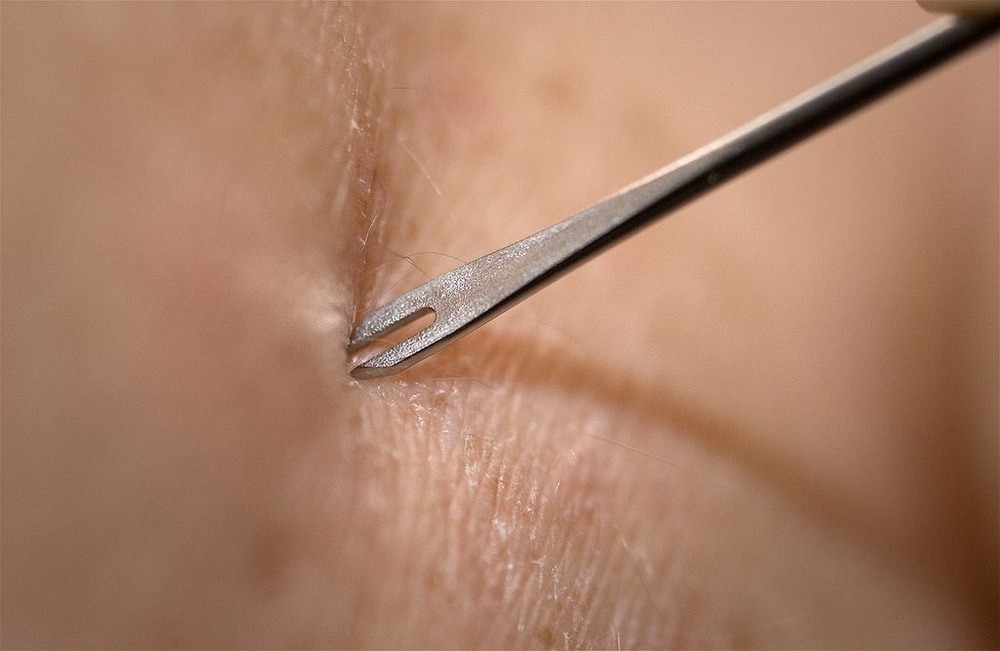In the summer of 1978, the World Health Organization stood on the brink of a remarkable achievement—smallpox, the disease that terrorized people for three thousand years and killed millions, had been eradicated through a rigorous mass vaccination program lasting 10 years. The last reported case of smallpox was in October the previous year, ten months ago. A 23-year-old cook named Ali Maow Maalin, working at a hospital in Merca, Somalia, had come down with the disease. Maalin was unvaccinated but made a miraculous recovery. A team of doctors tracked down the vectors responsible for the outbreak leading to further vaccination of more than fifty thousand people.

A sign outside the Catherine de Barnes isolation hospital in 1978 where the last victim of smallpox was admitted. Image credit: Birminghamlive
Donald Henderson, the American epidemiologist who led WHO’s smallpox eradication campaign, and his team were elated at the thought that there would never be another case of the horrendous disease. But they made no official announcement, until at least two years had passed to make sure that smallpox was really gone. Then, the disease struck again for one last time.
The victim was Janet Parker, a 40-year-old medical photographer, who worked in the anatomy department at Birmingham Medical School, in Birmingham, England. On August 11, Parker developed a fever accompanied by headache and pains in her muscles. Within days her body was covered with rashes and ugly red spots. Her doctor told Parker that she had chickenpox and there was nothing to be worried about. But as the days passed, the blistering pustules became larger and her conditions worsened until she could no longer stand unaided. On 20 August she was admitted to Catherine-de-Barnes Isolation Hospital in Solihull where the dreaded diagnosis was made—she had Variola major, the most serious type of smallpox.

Janet Parker on her wedding day.
When word leaked out panic descended upon the city, and it wasn’t just the public, there was panic in the government and within the WHO as well. Of all places, the United Kingdom was the last anybody expected a smallpox outbreak, especially so late into the inoculation program. But the source of the infection was no mystery.
Parker’s office was located directly above a laboratory headed by Prof Henry Bedson, where live samples of the smallpox virus were being studied. It was one of only a handful of laboratories commissioned by the WHO to research the disease. Bedson’s application requesting permission to conduct research on smallpox was originally rejected by WHO because it wanted as few labs as possible storing the virus worldwide. But Bedson insisted and was finally granted permission to conduct research into smallpox viruses, under the condition that the safety standards of his laboratory was improved. Bedson agreed but he failed to keep his word. An inspection three months prior to the outbreak found that the safety standards were short of those recommended by WHO. Bedson assured that the risk was minimal, and his work was already being winded down and that it would be expensive and costly in time to upgrade.
Prof Bedson was one of the first to learn about Janet Parker’s diagnosis. The news left him horrified. Government investigators crawled all over his lab, and the media pitched camp outside Bedson’s house.

Professor Henry Bedson
As the days went on Parker’s condition deteriorated. She was left almost blind in both eyes from the sores and doctors believed she had gone into renal failure. On 5 September, Parker’s 77-year-old father died from cardiac arrest unable to handle the stress of his daughter's illness. The next day, Prof Bedson went out into his shed at his home in the Birmingham suburb of Harborne and slit his throat. He left a note, which read: “I am sorry to have misplaced the trust which so many of my friends and colleagues have placed in me and my work. I realise this act is the last sensible thing I have done but it may allow them to get some peace”
Parker died on 11 September 1978.
An inquiry into the tragedy found serious lapses in safety and carelessness among the the lab workers, such as handling the virus samples outside of the safety cabinet, no airlocks to prevent the virus from escaping the laboratory, no showers or separate changing facilities, inadequate sterilization, and wearing contaminated clothing. The workers escaped infection because they were up-to-date on vaccination which must be renewed every three to five years. Parker had her last shot twelve years ago.

The bifurcated needle used to deliver the smallpox vaccine had two prongs. The needle was dipped into the vial and a small drop of vaccine would get lodged between the two prongs. The needle was then punctured into a person’s arm multiple times. The special needle was invented to speed up vaccination as it was faster than the usual plunger-type method of delivery. The bifurcated needle aided the administration of more than 200 million smallpox vaccinations a year. Image credit: James Gathany
How Parker came in contact with the virus was never established, but it’s believed that the virus got into the air duct and was breathed by Parker one floor above.
In 1980, two years after Parker's death, smallpox was officially declared to have been eradicated.
After the Birmingham incident, most smallpox virus stocks were destroyed around the world and all research labs were closed. Only two remained open—one in Atlanta, the US, and another one in Koltsovo, Russia.



Comments
Post a Comment